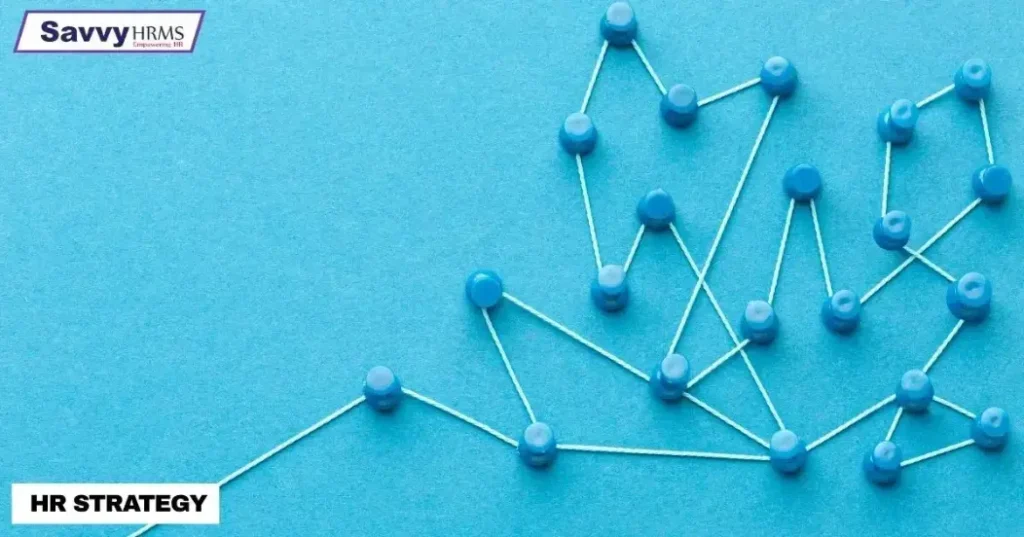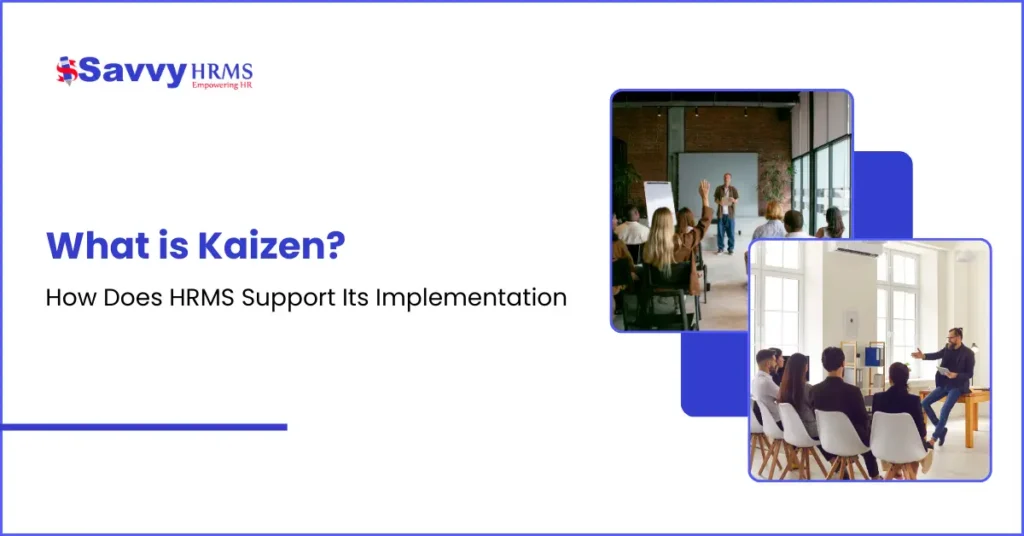Does a company really enjoy, not just a condition, an art product, or even marketing? These are people. But managing people takes more than good intentions. This is the place where a smart HR strategy comes.
Let’s break it. It’s not about the company’s vocals. It is about adapting human ability and correcting it with business goals.
What is HR strategy?
It is designed to support the company’s broad assignments. But more importantly, it ensures that the right talent is hired, trained, maintained, and rewarded.
With simple words, this is the “plan” behind every success.
What does HR strategy mean?
Because without a clear strategy, HR becomes reactive. Employment is delayed. Leaving talent. And the whole workforce is struggling.
Instead, a powerful HR strategy combines all functions, including recruitment, training, performance management, and employee involvement, with clear goals.
In addition, it helps HR teams to remain active, not nervous.
Main elements in an effective human resource strategy
Let’s see what works on the HR strategy:
- Work plan
Begin with the basics. Who do you need now? Who needs you next year? The work plan allows HR to analyze skills, predict holes, and plan accordingly.
- Talent collection
Employment is not just about filling seats. A smart HR process attracts candidates who match your culture and vision.
- Employee development
The next development is coming. With the right HR scheme, employees regularly get appraisals, a clear career path, and better performance.
- Performance Management
This is not just about annual reviews. Modern HR process includes continuous response, recognition, and coaching in real time.
- Compensation and benefits
An attractive wage structure helps maintain top talent. A data-driven process ensures appropriate wages, meaningful benefits, and equity.
- Employee’s involvement
People want more than Pachek. It should create an environment where employees feel heard, valued, and inspired.
General challenges in human resource strategy
Even strong strategies face challenges. Let’s find out something:
- Quick change of workforce
- Human technology is missing
- Inconsistent management support
But good news? With the right equipment, these can be handled. This is why many companies today depend on modern platforms such as HRM to keep the strategy on track.
How Technology Powers HR Strategy
Digital equipment games are changing. With platforms promising HRM, HR leaders can:
- Automate repetitive tasks
- Gain insight from employee data
- Improvement in the workforce
- Real-time track performance
- Increase compliance and documentation
In short, they not only do your HR strategy well, but also great.
Best practices to improve your HR strategy
Do you still continue your approach? Use these tips:
- Adjust HR goals for commercial purposes
- Use data to inform decisions
- To lead train leaders, not just manage
- Be aware of the company culture
- Use HR software to streamline tasks
Conclusion
A strong HR strategy is not just about people’s leadership. This is about strengthening them. It mixes planning, data, and culture in a single, powerful strength.
Whether you are a start-up or a large company, the right HR direction will shape your success.
Are you ready to equalize?
Explore the power of a Smart HRM produced for modern businesses. From hiring to workforce planning, Laws HRM’s HR team keeps in front.
Streamlined. Strategic. Successful – with Sensible SAVVY HRMS.
FAQs
- What is an HR strategy?
It is a long-term plan to manage human resources in accordance with commercial goals.
- Why is the workforce important?
Because it helps HR to estimate future needs and fill the skills gaps before damaging performance.
- How does HRM help with strategy?
It creates automatic HR processes, provides valuable insight, and keeps your strategy in shape and effective.
- Can small businesses benefit from an HR strategy?
Yes. Even small layers require clear HR schemes to grow continuously.



